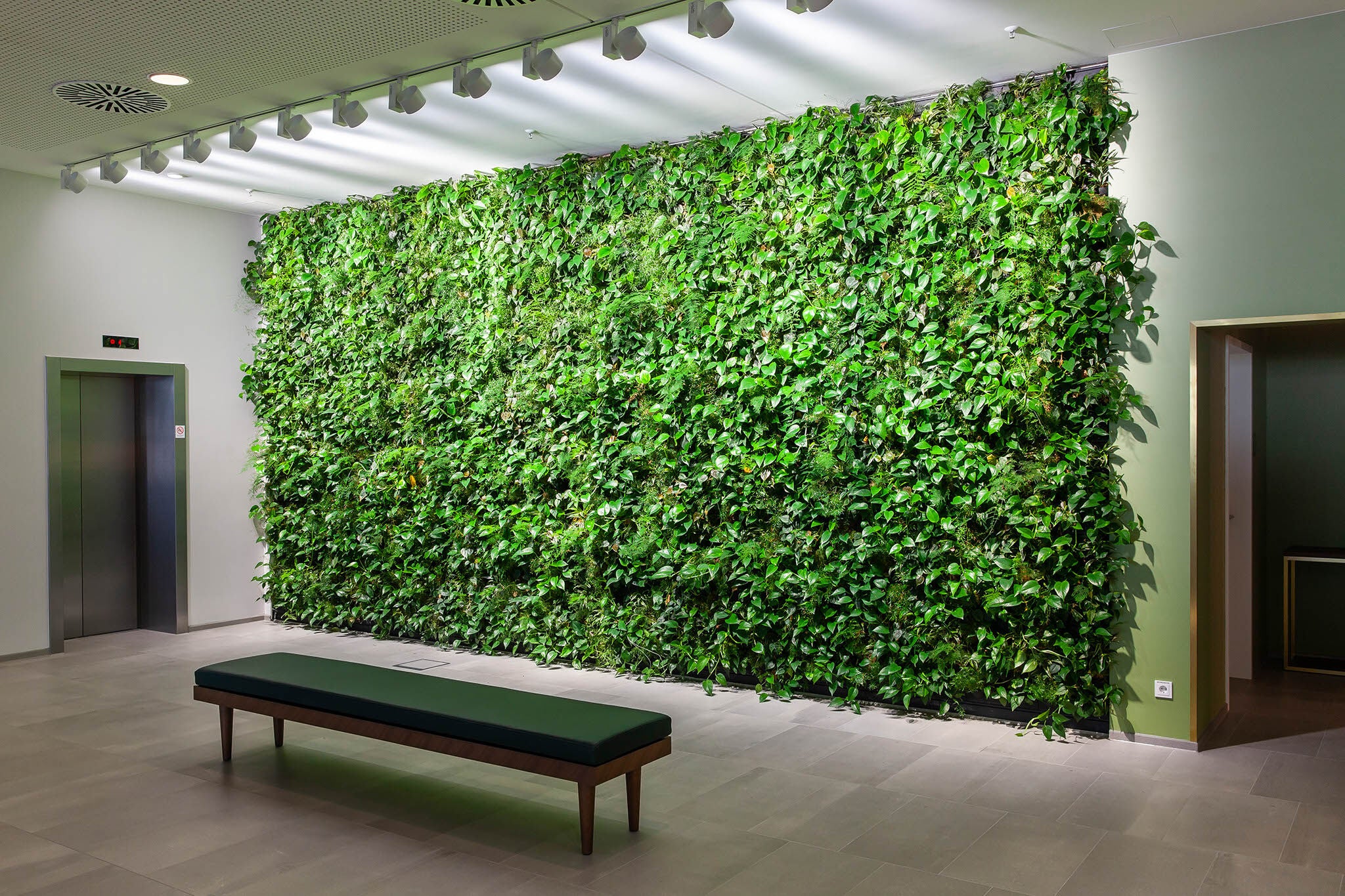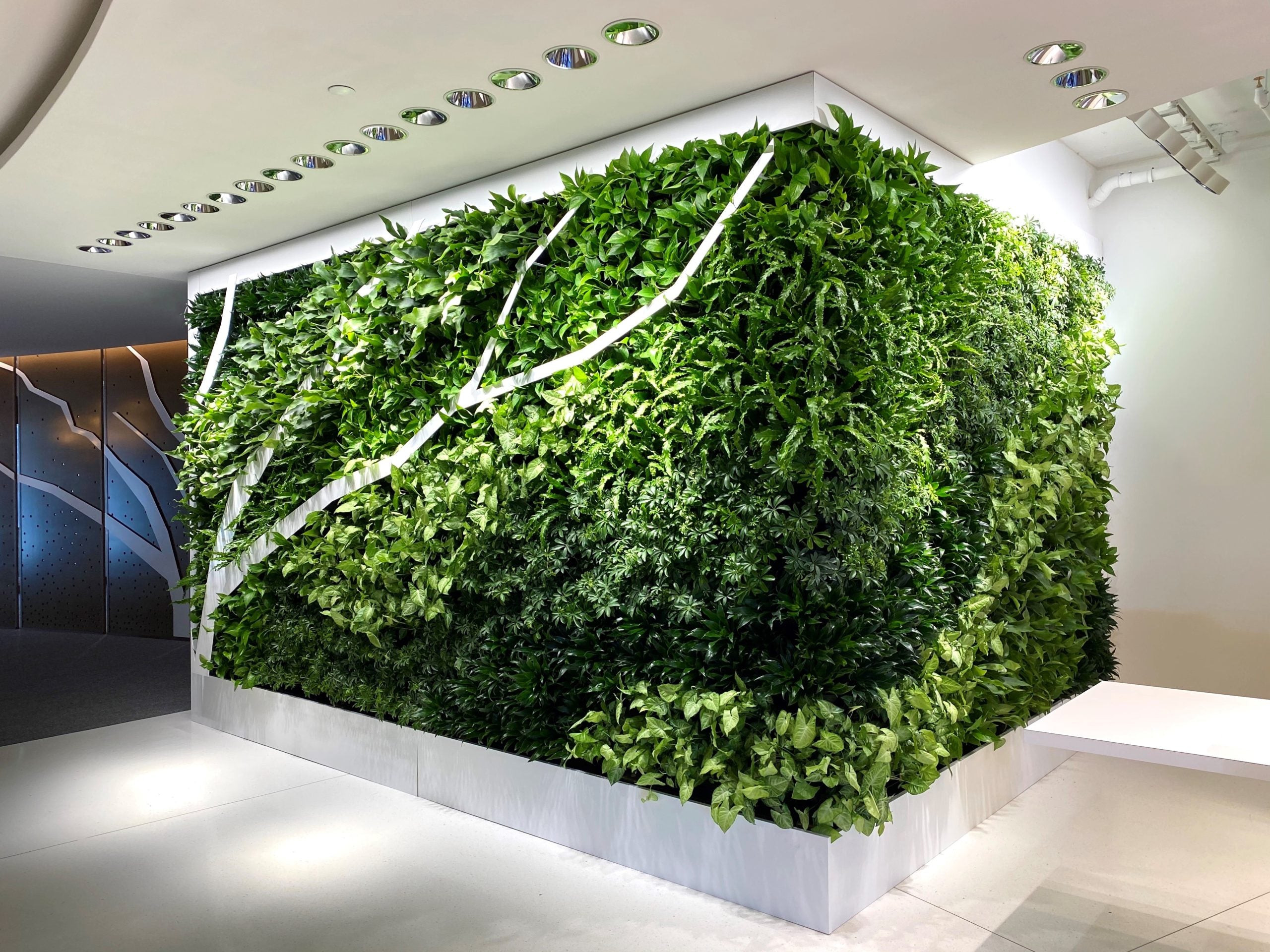Featured collection
-
Live Picture Frame - Live 1
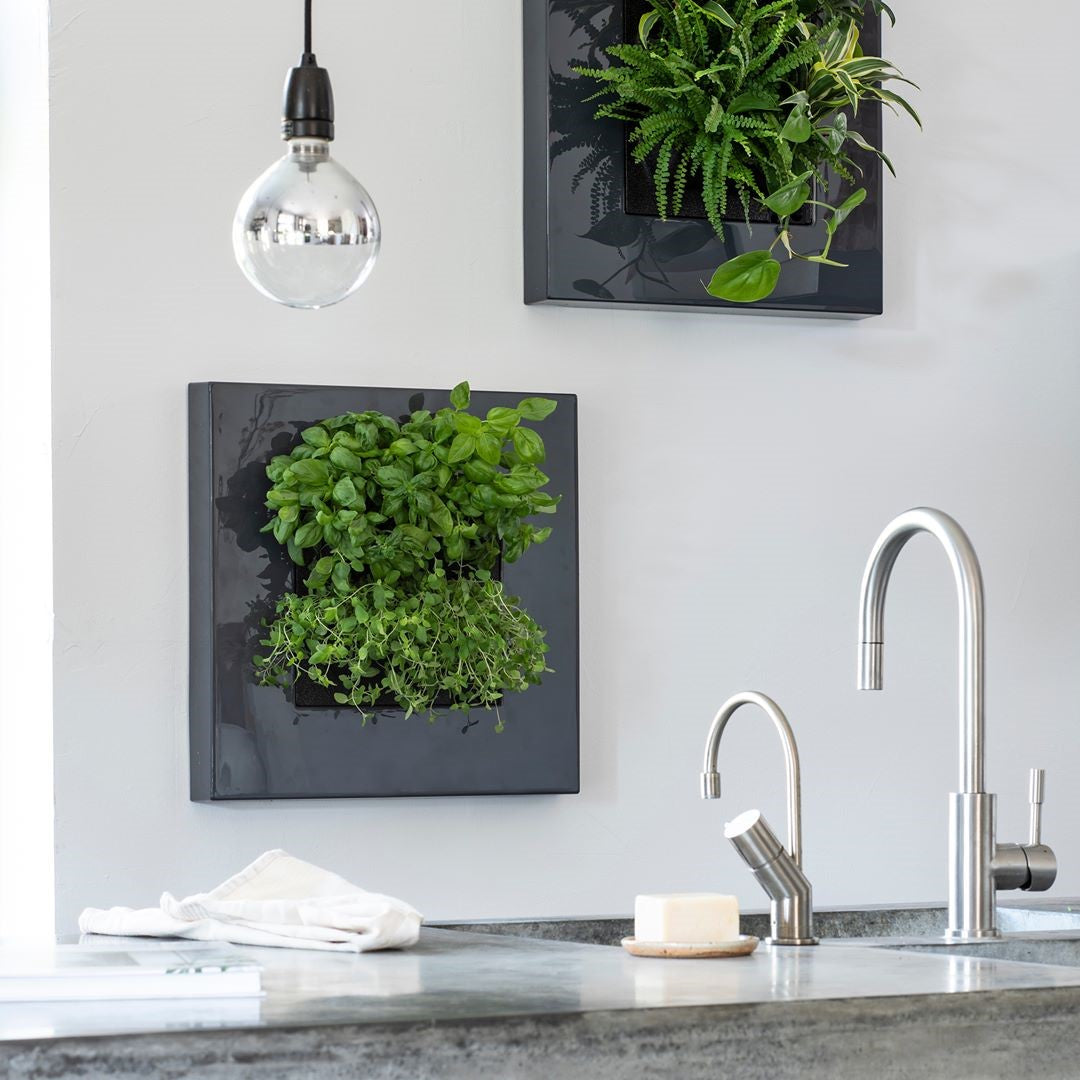 Live Picture Frame - Live 1
Live Picture Frame - Live 1- Regular price
-
$1,220.98 - Regular price
-
- Sale price
-
$1,220.98
Quick view
-
Live Picture Frame - Live 2
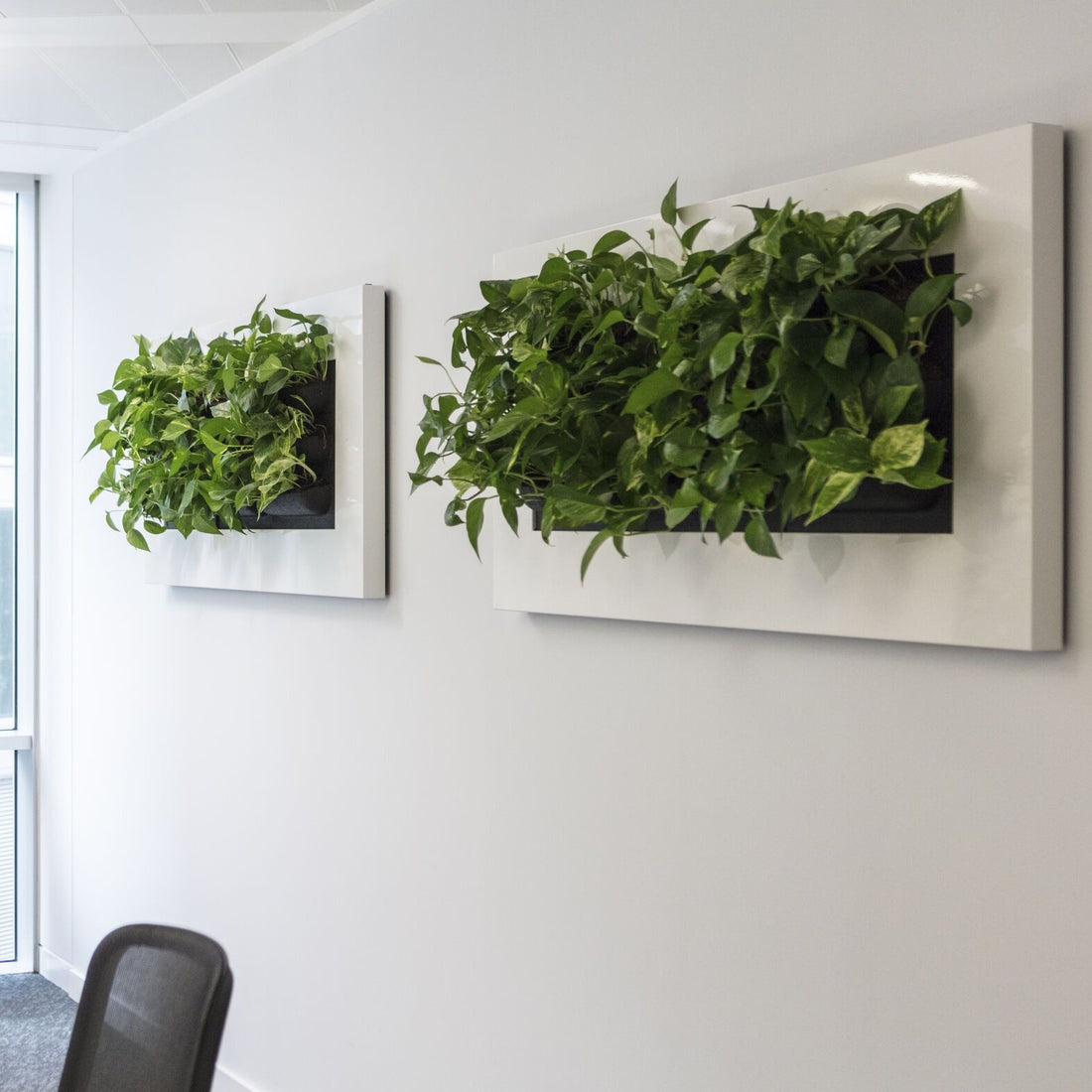 Live Picture Frame - Live 2
Live Picture Frame - Live 2- Regular price
-
$1,540.98 - Regular price
-
- Sale price
-
$1,540.98
Quick view
-
Live Picture Frame - Live 3
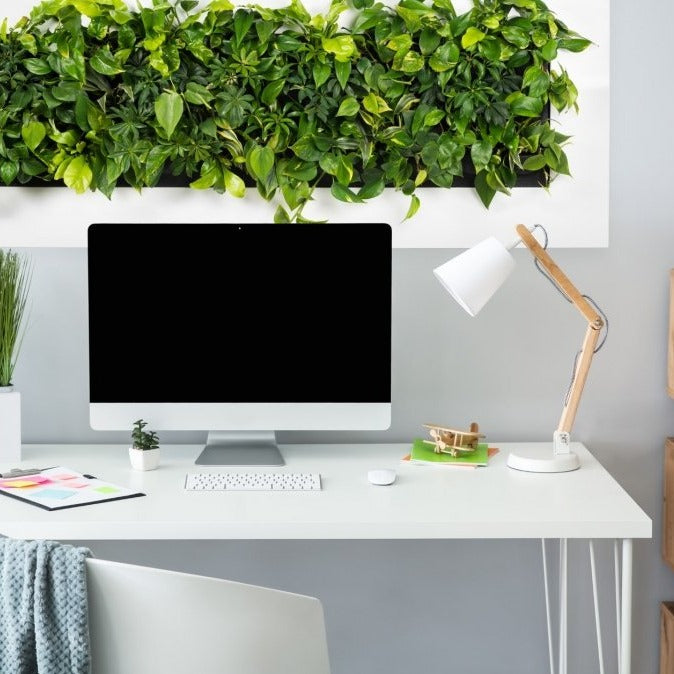 Live Picture Frame - Live 3
Live Picture Frame - Live 3- Regular price
-
$2,050.98 - Regular price
-
- Sale price
-
$2,050.98
Quick view
-
Live Picture Frame - Live 4
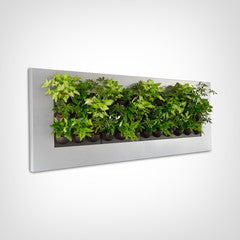 Live Picture Frame - Live 4
Live Picture Frame - Live 4- Regular price
-
$2,520.98 - Regular price
-
- Sale price
-
$2,520.98
Quick view
Living Walls
Living green walls: you may have heard of them and thought they were no more than the latest design fad. However, the concept dates back to the 1930’s.
No longer just of interest to architectural companies trying to win design awards, they are gaining attention from businesses of all sizes looking to improve their green credentials.
This ultimate guide will introduce you to these beautiful structures of greenery by answering the most common questions we hear asked. See the answers to these questions below.
WHAT ARE LIVING GREEN WALLS?
Living green walls are panels of plants, grown vertically using hydroponics, on structures that can be either free-standing or attached to walls. Living green walls are also referred to as vertical gardens, green walls, living walls or ecowalls.
WHAT ARE LIVING GREEN WALLS MADE OF?
Living green walls are comprised of plants that are inserted into a growing medium and then places on the wall of buildings and properties to provide greenery and the benefits of plants, but using a minimum of horizontal space.
An Ambius Green Wall is made up of various proprietary systems which are assembled in pieces on a structure which holds the plants and their respective growing mediums to the wall. Some of the Green Walls created by Ambius also include a system that allows the plants to be watered automatically.
Ambius Living Green Wall products use a variety of plants in their creation, based upon clients needs and a number of factors that go into installing and maintaining them.
HOW DO LIVING GREEN WALLS WORK?
Green walls are constructed much the same way actual walls are. They are built with a skeletal structure that is hung with sections containing the plants and flowers that will make up the Green Wall. As for the way the green wall functions itself, a lot depends on the type of Green wall system installed. Some green walls have hidden pipes which will provide a self-watering mechanism to keep the plants healthy, while others require hand-watering.
As for how the benefits of Green Walls impact your business, that comes from the living plants themselves. Plants naturally take in carbon dioxide and other pollutants and then expel fresh, clean oxygen. Green walls also help dampen noise and provide benefits connected to biophilic design: the concept that people work better and feel better when they have access to nature inside their places of work.
Green walls contain a large amount of plants in a relatively small space, horizontally. By using the walls and extending upwards, the plants, providing the maximum benefit, are installed without reducing space on the floor.
WHEN WAS THE LIVING GREEN WALL INVENTED?
The idea for living green walls was first patented by Stanley Hart White in 1938, however it is Patrick Blanc’s name that resounds through the industry. After creating one of the most famous green walls at the Musee du Quai Branly in Paris, he was designated the godfather of the ‘vegetal wall’, sparking a revolution in sustainable architecture.
Now known as green facades, plants have probably been growing on buildings since the first stone was laid. Living green walls are the next generation, differing from climbing plants like ivy, as they are intricately planned collections of plants held in a structure away from the building.
These miraculous structures bring nature back into urban environments. As the concrete jungle expands and pollution rises, the application of living green walls stands to reverse this trend. Incorporating carefully chosen selections of plants into cutting edge design, living green walls have been devised to help restore the natural balance.
WHERE CAN I PUT A LIVING WALL?
Vertical spaces like walls, columns, and trellises.
Living walls are modular to allow for interchangeability of plants for maintenance, renovation and design changes.
These miraculous structures bring nature back into urban environments. As the concrete jungle expands and pollution rises, the application of living green walls stands to reverse this trend. Incorporating carefully chosen selections of plants into cutting edge design, living green walls have been devised to help restore the natural balance.
They provide the perfect focal point for reception areas (think hospitals, doctors offices, hotels, etc.) , entrances or seating areas.
ARE THERE DIFFERENT TYPES OF LIVING GREEN WALLS?
Yes! Green walls are organized into panel and tray systems or freestanding walls, meaning there is a type of wall suitable for any space.
Panel systems, like Sage and Prowall, have plants pre-grown into the panels and can be used inside or out, and in any climate.
VersaWall is a tray system, which is popular for indoor displays. Plants are pre-grown off-site and inserted into the wall, which offers a great degree of versatility that can be exploited to cover entire surfaces or designed as living art.
Freestanding walls are most commonly used indoors and are most easily changed, either by changing the location or changing the plants.
Here Are Some Key Benefits of Installing Living Walls:
1. Reduces Indoor Air Pollution
2. Mitigates Indoor Temperatures
3. Reduce Ambient Noise
4. Increases The Feeling of Well-Being
5. Boosts Productivity
6. Reduces Stress
7. Encourages Social Cohesion
8. Adds Value To Your Brand in an Office Setting
9. Creates A Healing Environment
10. Increases LEED and WELL ratings
11. Energy Cost Reduction
12. Increased Civility
Nature makes us better people. It cares nothing about political affiliation, ethnicity or social standing. It teaches us that these things don’t matter. Being surrounded by nature helps us to be better people.
AESTHETIC IMPROVEMENTS OF GREEN WALLS
Green walls can reclaim disregarded space by providing aesthetic stimulation where it would not otherwise be found. They can also serve to create privacy and a sense of enclosure while limiting the negative psychological effects associated with property demarcation.
In other words: they are universally aesthetically pleasing!
Privacy dividers and screens between tables and seating areas on patios, terraces, and outdoor lounges are effective at providing privacy, but can constrict the space, disturb the natural social kinetics, and ruin the positive sense of place people instinctively seek. Plants provide the perfect opportunity to create areas suitable for intimate conversation, without disturbing overall sightlines, airflow, and social connections. And when placed in attractive pots, plants used for screening can be moved about easily to accommodate changes to floor plans as capacity needs change throughout the seasons.
People Just Like Plants!
At the risk of overstating the obvious, people just love plants! For many years they have been and remain the number two most desired improvement in the workplace, second only to natural sunlight. Given the low cost of patio plants relative to their benefits, businesses and organizations shouldn’t be trying to decide whether to add tropical plants to their outdoor living spaces, but rather what varieties will work best and how soon can they be delivered.


